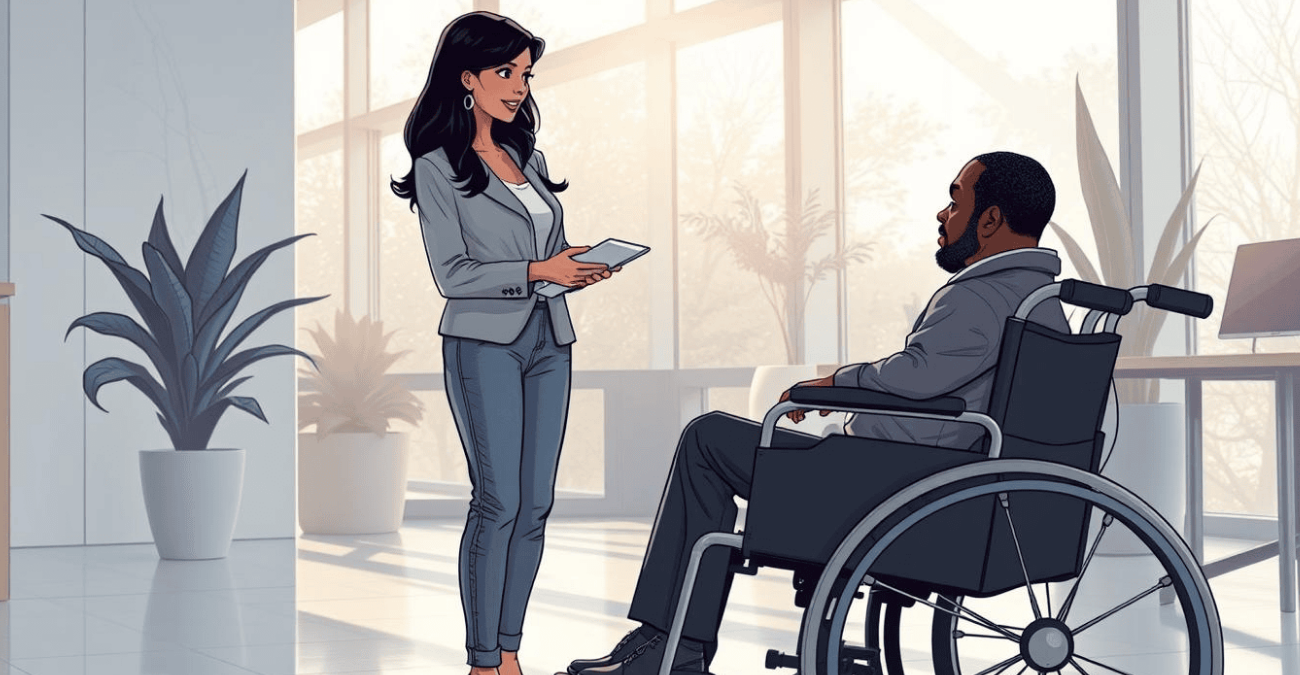
Helping injured employees get back on their feet is key to keeping the workplace positive and productive. When someone gets hurt at work, HR’s job goes beyond just handling the paperwork and complying with workers’ compensation laws. It’s about making sure they have what they need to recover and come back smoothly and here are 3 ways to do just that.
Designing Personalized Accommodations
Every injury is different, so a one-size-fits-all approach doesn’t cut it. Personalized accommodations help injured employees do their job safely and effectively without making their injury worse.
HR needs to team up with the employee’s doctor to figure out what’s needed. This involves things like:
- Finding out what the employee’s injury is and what adjustments they might need.
- Consulting with ergonomics specialists to make the right changes.
- Setting up special equipment.
For example, for an employee recovering from carpal tunnel syndrome, HR might: provide ergonomic keyboards and mice to ease wrist strain, set up adjustable desks so that they can switch between sitting and standing, and schedule regular breaks to avoid overuse and discomfort.
Implementing Targeted Communication Strategies
Good communication makes injured employees feel cared for and keeps them in the loop. It helps reduce stress so that everyone knows what’s going on with their recovery and work.
HR should keep the lines open and transparent by:
- Assigning a recovery liaison. Someone dedicated to checking in and offering support.
- Providing updates about any policy changes or recovery plans.
- Creating feedback channels that allow employees to voice their concerns and provide input.
For example, if an employee is on leave, HR might: set up regular bi-weekly calls to discuss how things are going and adjust plans if needed, let them know about any changes that might affect their situation, provide a space for them to discuss any issues they’re facing while on leave or concerns about coming back.
Monitoring and Adjusting Workload Based on Recovery Progress
As employees recover, their ability to handle work can change. Regularly checking in means making sure that their workload matches their current capabilities and supports a smooth return to full duties.
HR should:
- Schedule regular reviews. Meet with the employee and their manager to assess workload and recovery.
- Collect feedback. Get input from the employee, their supervisor, and their healthcare provider.
- Adjust responsibilities. Change job duties or work hours based on their feedback and recovery progress.
For example, for an employee recovering from a leg injury, HR might: begin part-time and gradually increase as they feel better, adjust duties to focus on lighter tasks or tasks that require less physical effort, hold monthly meetings to review how they’re doing and tweak accommodations as needed.
Really, taking a proactive approach to designing personalized accommodations, maintaining clear communication, and adjusting workloads helps injured employees get back on track effectively.




